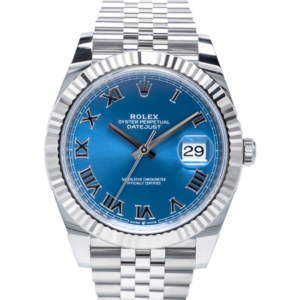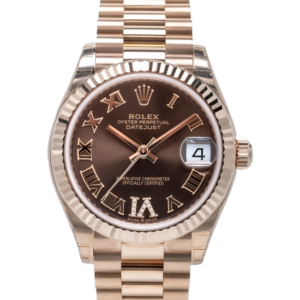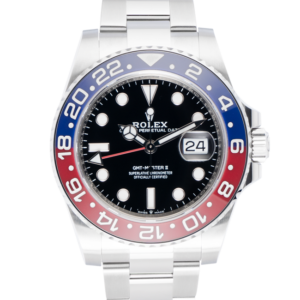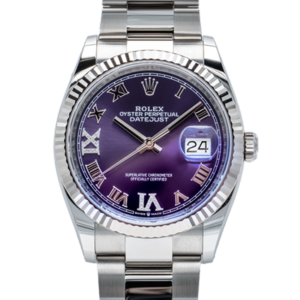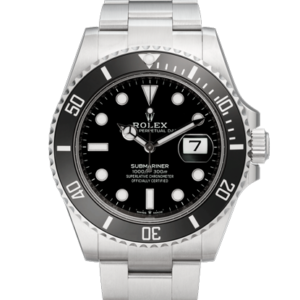MADE AN APPOINTMENT TO VISIT OUR STORE
- Explorer 39mm
- Explorer 42mm
- Explorer Black
- Explorer White
- Explorer Steel
- Explorer Two tone
- Explorer Oyster
- Explorer
- Explorer 36mm
- Explorer 39mm
- Explorer 42mm
- Explorer Black
- Explorer White
- Explorer Oyster
- Explorer Steel
- Explorer Two tone
- Explorer
- You cannot add "Rolex Day-Date Chocolate Roman Dial Ref. 228235" to the cart because the product is out of stock.
-

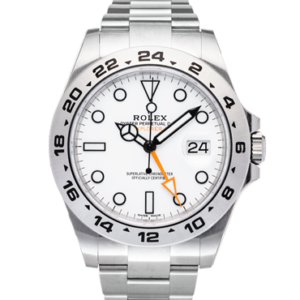
Rolex Explorer II Polar Ref. 216570
Call for priceBuy Now View -

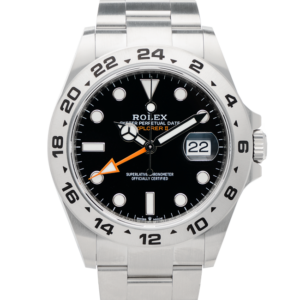
Rolex Explorer II Ref. 226570 Black Dial
Call for priceBuy Now View -

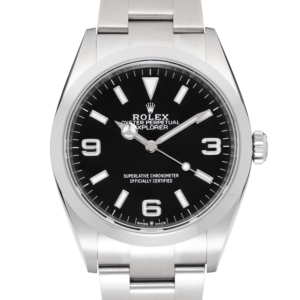
Rolex Explorer Ref. 124270
Call for priceBuy Now View -

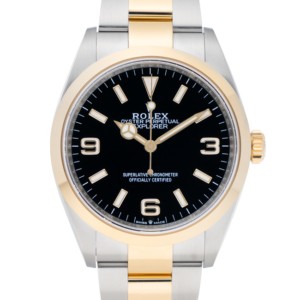
2022 Rolex Explorer Ref. 124273 Two Tone
Call for priceBuy Now View -

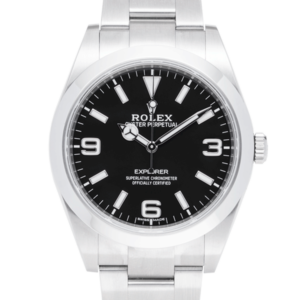
Rolex Explorer Black Dial Ref. 214270
Call for priceBuy Now View -

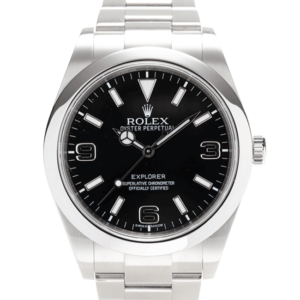
Rolex Explorer Ref. 214270
Call for priceBuy Now View
Since 1953, Rolex has been scaling heights with its Explorer collection, which originated after years of collaborating and experimenting with some of the world’s most fearless explorers and scientists on historic expeditions. In the 1930s, Rolex began equipping major expeditions with watches to test in tough conditions, notably during the first ascent of Mount Everest in 1953. The original Explorer watch was officially launched later that year, symbolizing Rolex’s close ties to exploration. It gained fame during Himalayan expeditions, earning a reputation as the most durable of the brand’s Oyster family. Both the Explorer and Explorer II, launched in 1971, have proven to withstand harsh climates, making them the ultimate watches for adventure.
Reference numbers for the Rolex Explorer and Explorer II include: 114270, 14270, 6610, 6350, 6298, 6299, 6150, 6098, 5500, 5501, 5504, 5506, 1038, 1016, 216570, 16570, 16550, 1655, 214270.
A notable model of the Explorer collection is the Explorer II ref. 1655. Launched in 1971, it was created for cave explorers to differentiate between daytime and nighttime in confusing lighting conditions. Its unique design feature is a prominent orange arrow-shaped 24-hour hand, earning it the nickname “Steve McQueen” after the actor known as the “King of Cool”. The Explorer II ref. 1655 embodies Rolex’s fusion of ruggedness with enduring design and has been photographed on legendary explorers like Jean Francois Pernette and Reinhold Messner.
The classic yet sporty appeal of the Explorer and Explorer II has attracted several celebrities. Actors such as Tom Hanks, Matt Damon, Jason Statham, and Orlando Bloom have been seen wearing models of the Explorer and Explorer II, including the Steve McQueen model. Prince Harry, Duke of Sussex, frequently wore a white-dial Explorer II ref. 16570 during his service as a Captain in the British Army. Ian Fleming, the author of the James Bond series, wore a stainless steel Rolex Explorer 1016, likely influencing James Bond’s watch choice.
The Rolex Explorer features a streamlined appearance with classic Oystersteel, a smooth bezel, an Oyster bracelet, and a black dial with luminescent hands and hour markers for optimal legibility. The Explorer 214270 has a 39mm case, while vintage models have a 36mm case. The Explorer II design is more advanced, featuring a Cyclops lens date window, crown guards, and a fixed bezel with 24-hour graduations, along with a bright orange 24-hour indicator on the dial. Explorer IIs are more robust than their predecessors, with a larger case size and maxi dial. Modern Explorer IIs have a 42mm case, while vintage models have a 40mm size. Current-production models are equipped with the calibre 3132 movement for the Explorer 214270 and the calibre 3187 movement for the Explorer II 216570, both offering increased resistance to shocks and extreme conditions, along with high precision and reliability.
The modern Rolex Explorer IIs on the Rolex website, the ref. 216570, is priced at $8,350 retail. In the secondary market, pre-owned watches of this model are priced between $10,495-$12,495. The Explorer 214270 has a retail price of $6,550 and are going for between $7,195 – $7,595 for pre-owned watches in the secondary market. As the Explorer collection is considerably one of Rolex’s most understated sports watches, its demand among watch collectors and enthusiasts causing them to sell for more than their retail price is rather impressive.
To use the Explorer II like a GMT watch, you can use the 24-hour indicator/hand and the fixed bezel with its 24-hour graduation to read the time of a second time zone while using the regular hour and minute hands to read the local time.
You can also use the Explorer II as a compass. Simply point the regular hour hand at the sun. If the 24-hour hand is set correctly to your local time zone, it will point towards North. Keep in mind – this will only work in the North Hemisphere and only when Daylight Savings Time is not in effect. This method can still work when it is not Daylight Savings Time, except when pointing the regular hour hand to the sun, you would instead look for the midway point between the hour hand and the 12 o’clock position to know which way is South. If in the Southern hemisphere, you would point the 12 o’clock marker towards the sun and look for the midpoint between 12 o’clock and the current hour to know which way points North.
To set the date on the Explorer II, pull the the crown out to the first stop position (closest to the case) and turn it until you have the correct date. The crown can be turned either direction to increase or decrease the date to the correct date. To set the hour hand, pull the crown out to the second stop position and wind until you reach the correct time. To set the 24-hour hand to another time zone of your choice, pull the crown out to the last stop position 3 (furthest out from the case) and adjust the time as needed to whatever time zone you choose.

